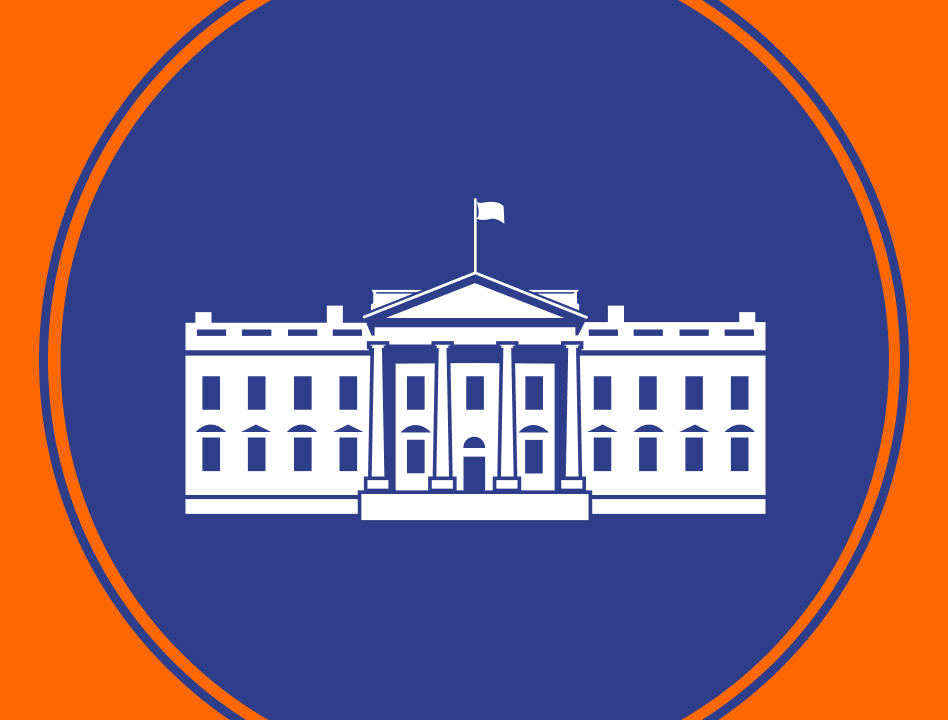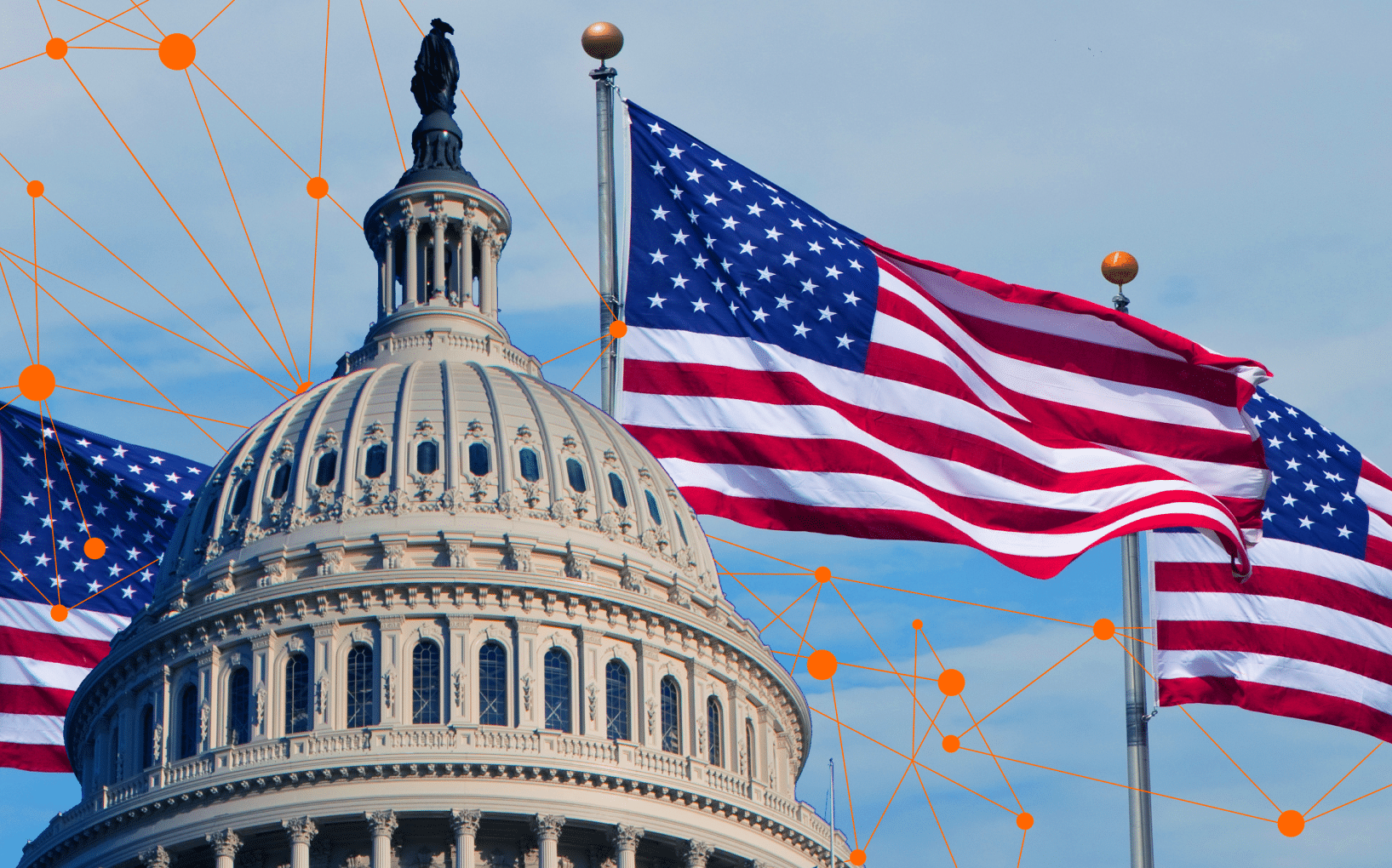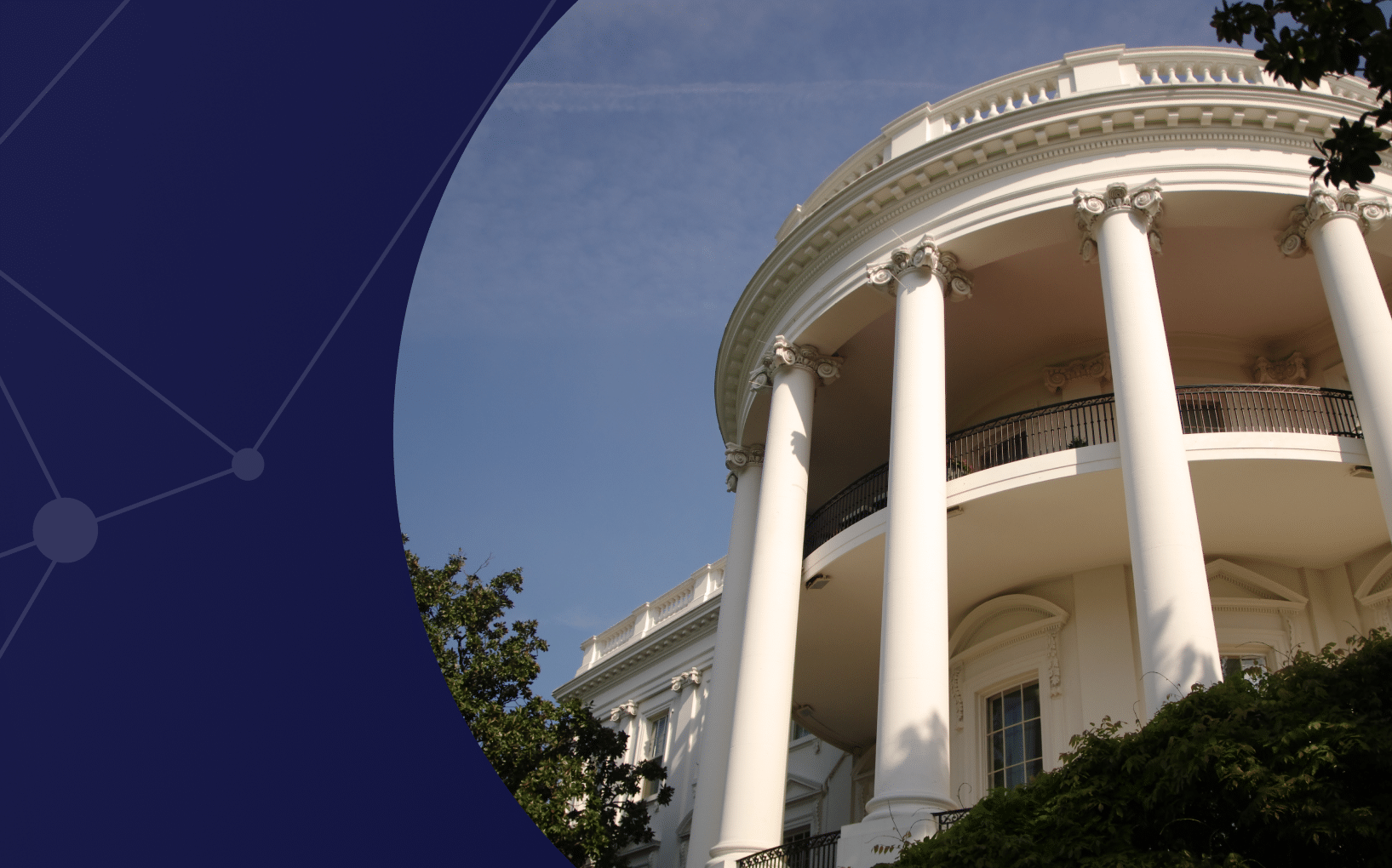As the world becomes increasingly digitized, a trusted, secure, and user-centered approach to digital identity verification (IDV) is critical for the United States to thrive in the digital age. Efficient and effective IDV is key to unlocking the digital economy along with a host of government services – including new drivers licenses, passports, tax benefits, small business loans, emergency relief and more.
This process should be hassle free for Americans and should be delivered in seconds – not hours, days, weeks, or months. If done right, business across the country and the government will be empowered to accurately verify good identities and root out fraud.
However, today this is often not the case for the American public. In far too many instances, people who use government services experience tremendous friction and are left frustrated by a process that can be challenging to navigate. This is due to the use of legacy approaches that rely on outdated methods like knowledge-based verification, reliance on credit header data alone, and a culture that has set government standards and regulations as the ceiling and not the foundation for verifying identity. It is clear these legacy approaches don’t do enough to stop fraud.
A report from the Government Accountability Office estimates that fraud costs the federal government up to $500 billion annually. By adopting modern solutions that leverage approaches that look at all aspects of identity, government can prevent fraud and ensure accurate access to vital services.
As we look to the future, the incoming Trump Administration has a meaningful opportunity to improve service delivery through actions that encourage the adoption of accurate, modern digital identity verification.
This blueprint outlines a strategic, unified approach to digital identity verification that harnesses America’s technological strengths and prioritizes security, trust, and transparency. With a focus on protecting American citizens and elevating U.S. leadership on the global stage, this plan addresses five key pillars essential to building a great and resilient digital identity ecosystem.
Pillar 1: The Trump Administration should include language in a Presidential Directive that identifies digital identity as critical infrastructure.
Discussion: Digital identity is a core component of almost every interaction people have with the government online, and it is government’s responsibility to ensure people can seamlessly verify their identities to access the services they need. At the same time, government agencies are under constant attack, are misaligned in focus, and do not effectively prioritize resources to address the existential threats posed by our foreign adversaries. While the previous administration highlighted the importance of modernizing digital identity in the National Cybersecurity Strategy, there has been little urgency to meet the moment.
The Trump Administration should make policy decisions and investments to ensure digital identity verification is the critical infrastructure it should be. This includes:
- Updating the Policy Foundation for Critical Infrastructure: Amend Presidential Policy Directive (PPD) 21 on Critical Infrastructure Security to appropriately designate the solutions, processes, and programs used to establish and maintain digital identity as critical infrastructure. This is a domain requiring focus, direction, and investment to avoid massive disruption to the growing digital economy.
- Applying Holistic Thinking to Digital Identity Challenges: Efforts must adapt to include a focus on a layered defense approach for digital identity. We need a complete picture of who someone claims to be online. We must embrace approaches that leverage AI and machine-learning to analyze additional data points like device characteristics, operating system, IP geolocation, network type, and online behavior to verify digital identity.
Pillar 2: The Trump Administration should take swift action to address the lack of cohesiveness and leadership on digital identity challenges both nationally and abroad.
Discussion: The United States has long been an observer in the global discussion on digital identity while allowing the fragmentation of how identity is established and managed across the country to fester. This can be felt through the lack of uniformity in application of mobile drivers licenses, inconsistency in the approaches to age verification, manual loopholes that have become conduits of fraud, and the lack of global interoperability with regulations from other governments.
The U.S. must set the gold standard in digital identity, creating a foundation of trust and security that becomes a benchmark for nations worldwide. This includes:
- Creating National Strategy for Digital Identity Trust: Establish clear lines of effort, responsibilities, and approaches to digital identity verification across industries, ensuring interoperability and promoting consistent identity assurance across sectors.
- Driving International Collaboration and Standardization: Work with global allies to establish interoperable standards and frameworks, positioning the U.S. as a thought leader in digital identity security and trust.
- Creating a Unified Approach to Identity Policy: Engage directly with Congress to eliminate the frankenstein patchwork of U.S. legislation on identity, fraud, and privacy to confirm that American rights are protected and applied uniformly across the nation.
- Furthering Education and Public Awareness: Promote awareness campaigns to educate citizens on digital identity protection best practices, ensuring the public is well-informed about digital trust and security.
Pillar 3: The Trump Administration should require transparent and consistent measurement of digital identity providers to provide public-facing accountability on the efficacy of solutions and impact on customer experience.
Discussion: The American public deserves greater transparency around the ability of solution providers, both commercial and public, to protect their identity, confirm who they are online, and continuously manage the identity lifecycle. Further, policymakers and government decision-makers should be held accountable for their efforts to drive improvements and meet mission outcomes. Through measurement, clarity will be provided into how many identities have been stolen for usage by malicious actors, how many good Americans are being diverted to forms of manual review or human intervention that might cause undue friction or abandonment of the process, and the extraneous cost to the taxpayers for failing to act.
This data should also be validated. Validated performance reporting should be required across the board to give federal and state agencies alike the ability to make meaningful apples-to-apples comparisons of their identity management solutions. This includes:
- Establishing Transparency in Digital Identity Metrics: Publish clear criteria and policies to further the adoption of performance reporting for identity verification, fraud prevention, and customer service.
- Spearheading Regular Reporting and Public Audits: Implement periodic reports and public audits on government digital identity practices, providing transparency in performance, data security, and service quality.
- Promoting Citizen Feedback Mechanisms: Create avenues for citizen feedback on the access to digital services, ensuring that government accountability is aligned with the needs and concerns of the American public.
Pillar 4: The Trump Administration should build a strong fraud prevention network by establishing a Digital Identity Task Force within the Executive Office of the President.
Discussion:Nation-states and criminal organizations are continually looking to undermine our nation’s economic and national security through sophisticated fraud attacks. We also know that these bad actors regularly communicate on the dark web, sharing fraud techniques capable of bypassing legacy approaches.
A strong fraud prevention network is critical to rooting out bad actors operating in the private and public sectors. Through a Digital Identity Task Force, government agencies, financial institutions, businesses, and law enforcement can work together to identify fraud trends, share best practices, and develop standardized identity verification protocols. This includes:
- Advancing Enhanced Threat Detection and Intelligence Sharing: Enact legislative, policy, and regulatory reform to promote identity fraud intelligence sharing between government agencies and private-sector partners, enabling rapid response to emerging threats. The government should create or leverage a body to further collaborate across sectors.
- Strengthening Public-Private Partnerships: Build stronger public-private partnerships focused on identity fraud detection and prevention, allowing American innovation to drive advancements in identity theft detection.
- Establishing Cross-Border Cooperation on Identity Theft & Fraud Prevention: Collaborate with international allies to strengthen defenses against nation-state identity fraud attacks and curb how identity can be exploited in such uses as to illicit money movement and human trafficking.
Pillar 5: The Trump Administration should harness the strength of American innovation to combat digital threats.
Discussion: In the public sector, government agencies face a barrage of AI-driven fraud. Now more than ever, we must employ the right technologies to protect people and safeguard the critical services that the government provides. With AI as a key enabler, the U.S. has an opportunity to lead in harnessing technology for proactive and adaptive security measures. There are additional steps policymakers and government agency leaders must take to fast-track the use of AI to fight fraud. This includes:
- Accelerating Progress in AI Adoption: Adopting AI technologies is key to protecting the American public. However, the current mix of guidance to agencies has slowed the advancement and adoption of these advanced tools for purposes intersecting with IDV and fraud prevention.
- Prioritizing Investments in AI Supremacy: The administration should invest in AI technologies to proactively detect, prevent, and mitigate digital identity threats, ensuring real-time monitoring and defense against fraud attempts. Further, they should continue to fund and evolve the U.S. AI Safety Institute as it develops standards and measurement frameworks for AI in government. Knowing what is working and what is not will empower us to be as nimble as our opponents.
- Promoting Research and Development for AI: Support innovation in AI that enhances identity verification and fraud prevention while maintaining privacy and ethical standards, keeping American technology on the cutting edge of digital defense.
- Advancing AI Workforce Development and Training: Expand initiatives to train and equip a new generation of professionals with AI expertise, fostering an innovation-driven workforce who know how to use, assess, and procure advanced technologies.
About Socure
Socure was founded with the mission to verify 100 percent of good identities and eliminate identity fraud. Over the past dozen years, our dedication to this mission has earned the trust of over 2,700 customers across a wide range of industries, including state and federal agencies. Socure’s approach stops fraudsters, criminal rings, and nation-state actors without compromising access to services. By leveraging alternative data sources and stringent model governance, Socure is able to identify individuals of different ages, races, and genders, supporting inclusive access to goods and services for traditionally underserved populations.

Jordan Burris
Jordan Burris is a trailblazer in government innovation and digital trust, leveraging over 15 years of experience to transform public sector technology and pioneer cutting-edge solutions. As General Manager of Public Sector at Socure, Jordan is driven by a profound commitment to identity inclusion and fairness. Prior to Socure, Jordan was the Chief of Staff to the U.S. Chief Information Officer at the White House, where he led transformative technology and cybersecurity efforts across two Presidential administrations. He was a key architect of initiatives that modernized federal IT infrastructure, reimagined cybersecurity, and advanced digital identity solutions, all while overseeing the Federal Government’s multi-billion dollar technology budget.





